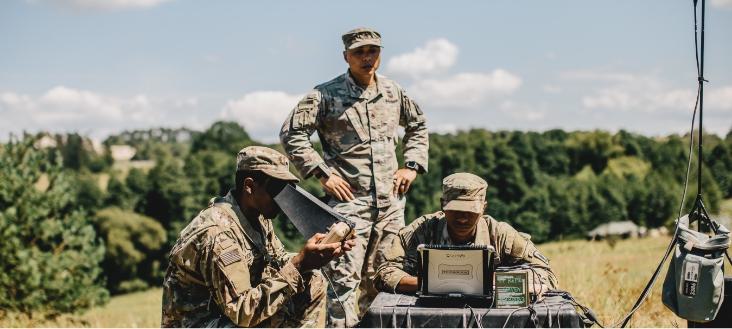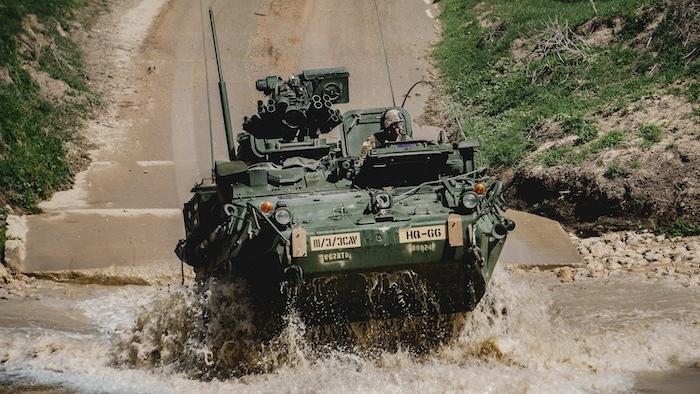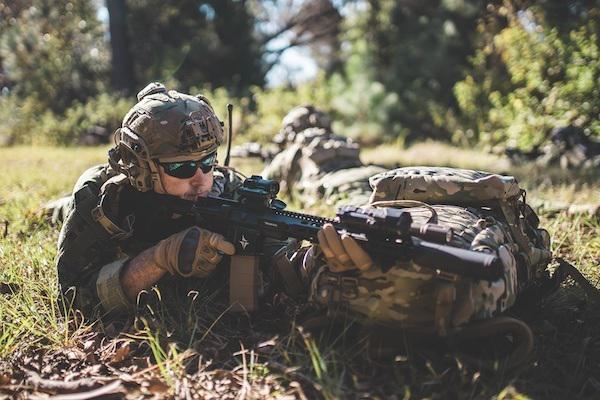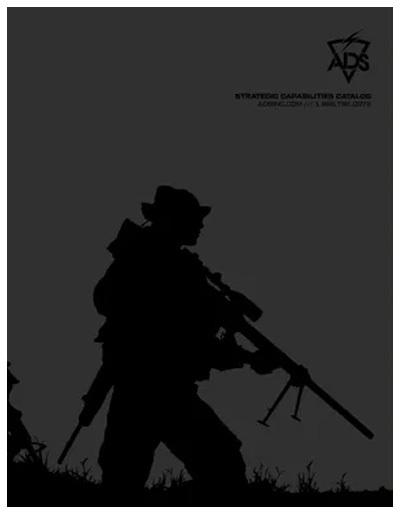Drones can also be useful for tracking and monitoring suspects in real-time, which is a particular concern for criminal organizations that may use wildlife sanctuaries in the Caribbean to smuggle drugs into the United States.
Given drones’ portability, they can also monitor large gatherings such as protests, sporting events, or other special events where there may be concerns about public safety or security.
Drones pose a significant challenge to criminals because many are not in the habit of looking for them in the sky. This presents a unique opportunity for law enforcement to use them for surveillance in a wide range of situations.
























